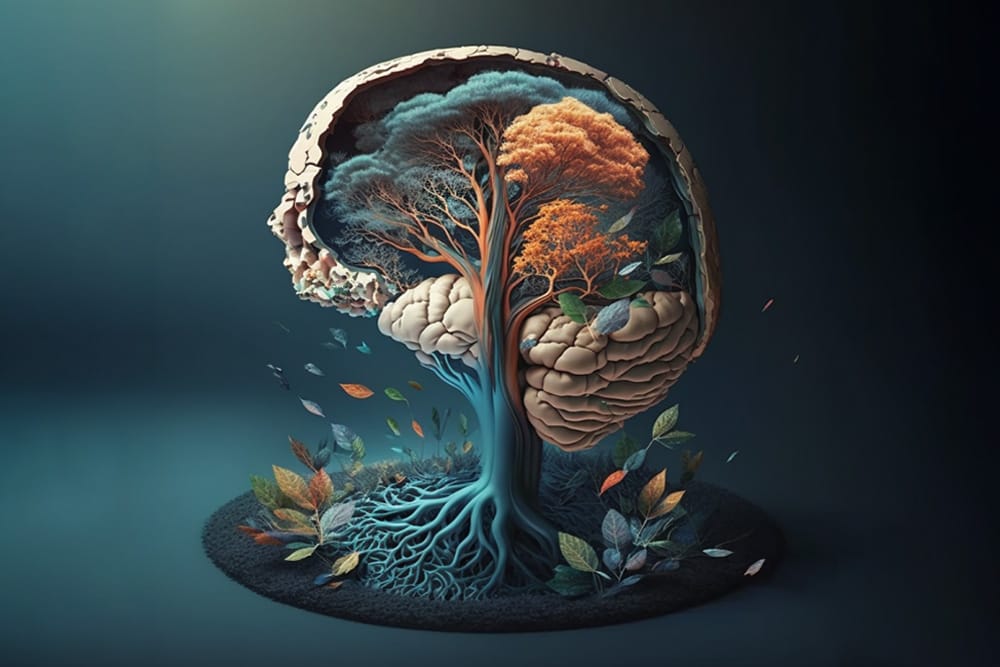
We’ve all felt it. The moment of entering a space that just feels right. Nothing announces itself, and nothing needs to. There’s a coherence to the environment that settles the body before the mind even catches up. In recent years, researchers have begun to explore this experience not as mysticism or intuition, but as a neurobiological response. The field is called neuroaesthetics, and it’s offering new ways to understand why certain environments seem to resonate more deeply than others.
First defined in relation to visual art, neuroaesthetics studies how the brain responds to aesthetic stimuli, including form, proportion, rhythm and symmetry. In architectural contexts, these studies suggest that what we experience as harmony or beauty is often underpinned by neurological processes related to prediction, memory and reward.
One key concept is perceptual fluency - the ease with which the brain can process a given visual or spatial scene. Spaces that are legible, proportionate, and rhythmically organised tend to produce less cognitive strain. This doesn’t mean they’re bland; it means they’re navigable. The eye finds a pattern, the brain makes sense of it and the result is a subtle sense of satisfaction. Or at minimum, relief.
Neuroaesthetic studies also suggest that curved forms tend to activate reward pathways more than sharp angles and that natural light, symmetry and biophilic elements reduce activity in the amygdala, the region associated with stress. In other words, well-calibrated environments don’t just look good, they may help us feel safer, calmer and more at ease.

But neuroaesthetics is not about prescribing beauty through formulas. The work of architecture is still cultural, contextual and deeply subjective. What it offers instead is a framework - a way to understand how spatial design interacts with deep, often unconscious, biological responses.
In spaces designed for stillness or introspection, this becomes especially relevant. When environmental inputs align with our perceptual expectations, the brain does less work and in that reduction of effort, a kind of presence emerges. Attention returns. Time slows.
Designing for stillness, then, is not about creating visually empty spaces. It’s about designing environments that work with the perceptual systems of the body. Spaces that allow us to drop our guard, release vigilance and settle into experience.
As the science continues to evolve, what remains constant is this: the environments we move through are not neutral. They shape what we notice, how we feel and how we think. Neuroaesthetics doesn’t replace design intuition, but it offers powerful insight into why some spaces resonate and others don’t.

